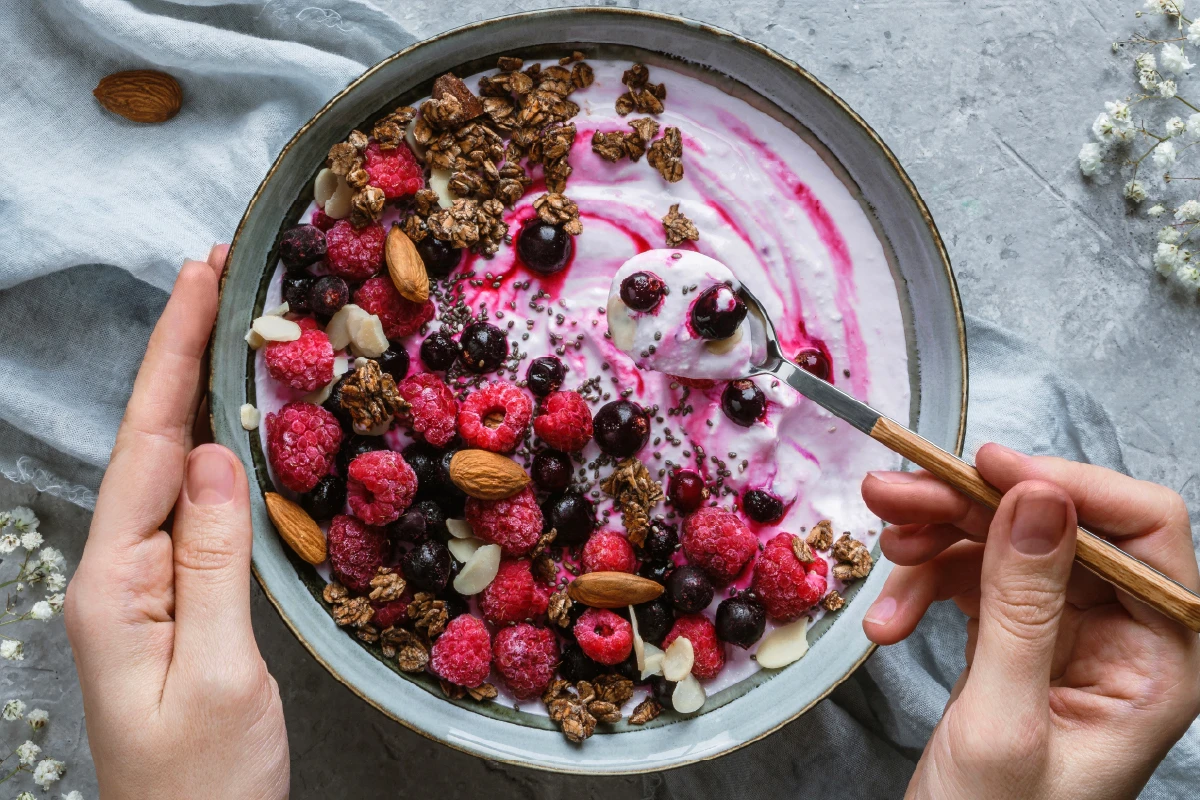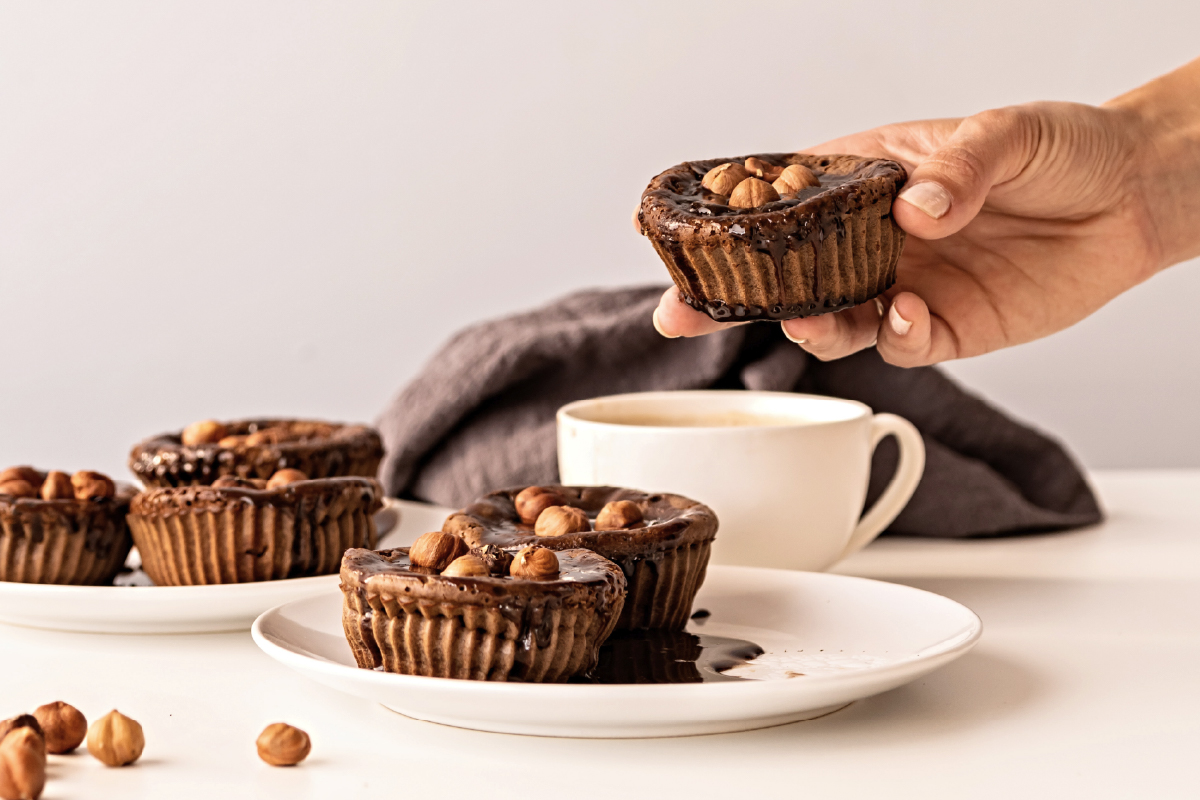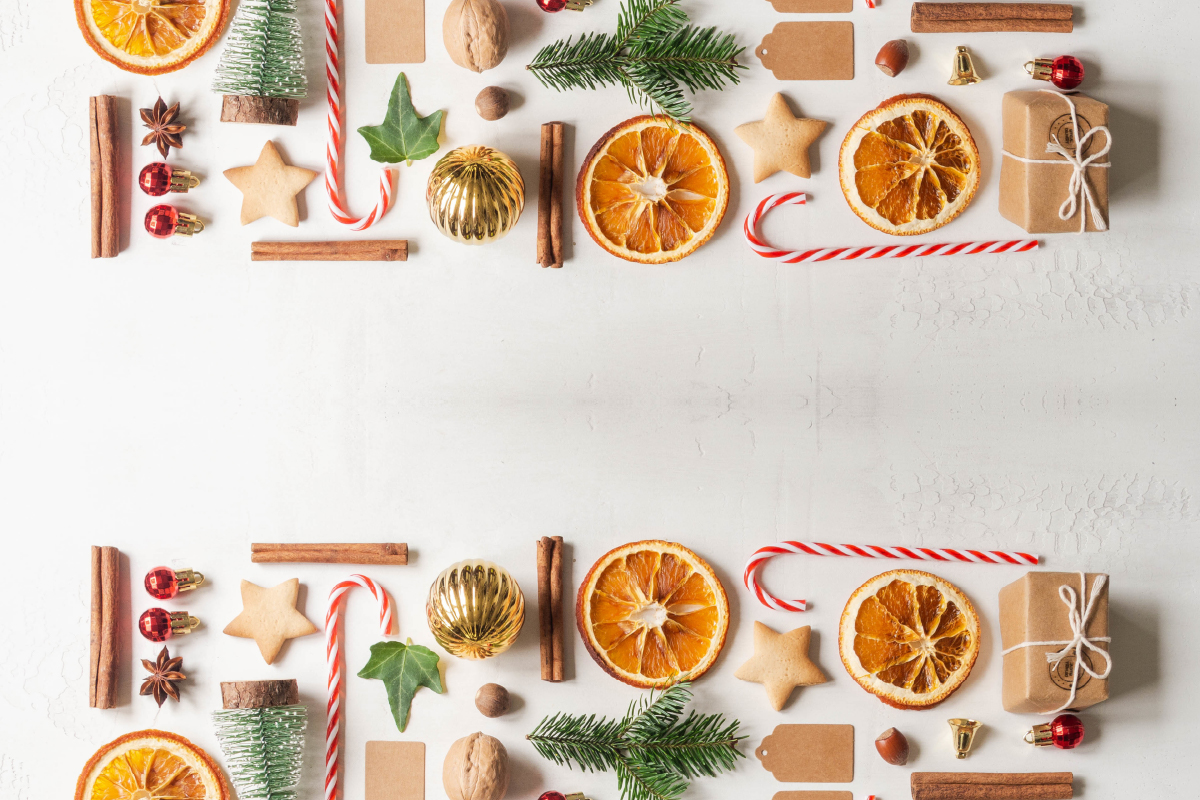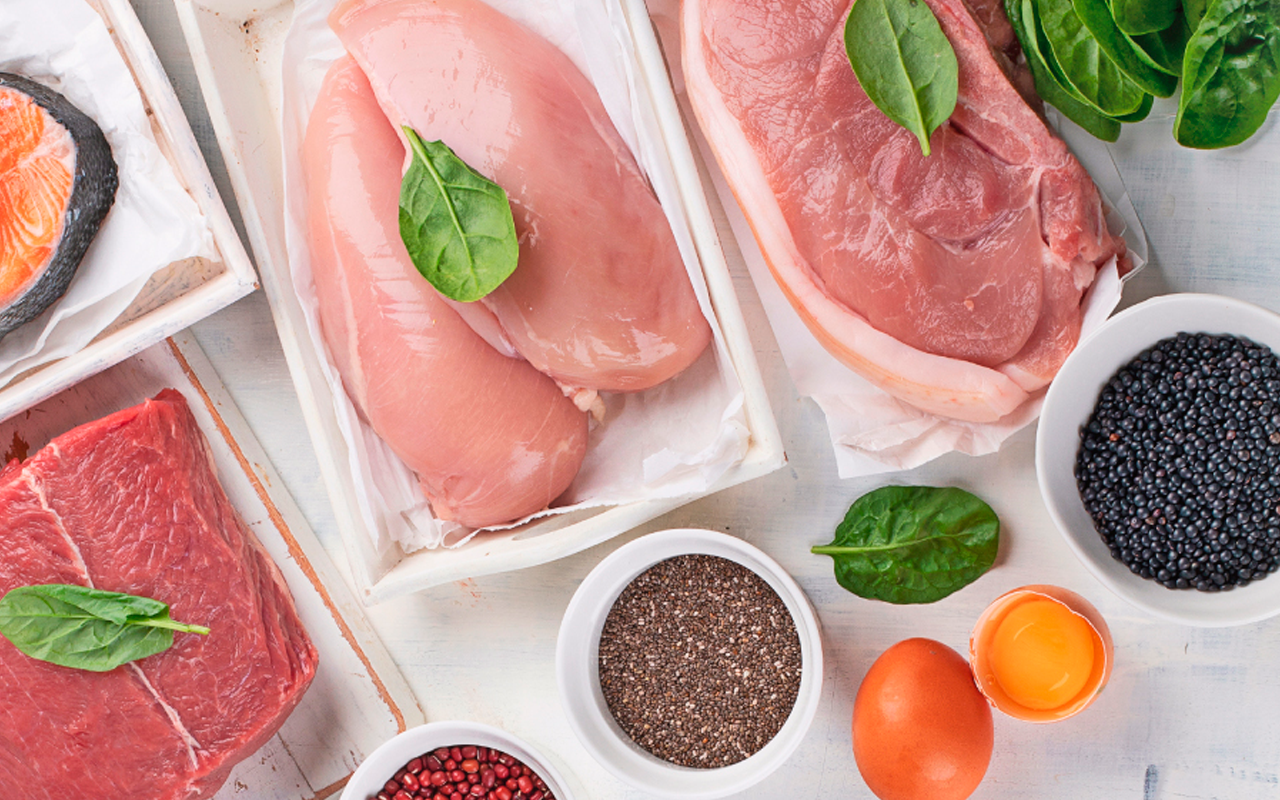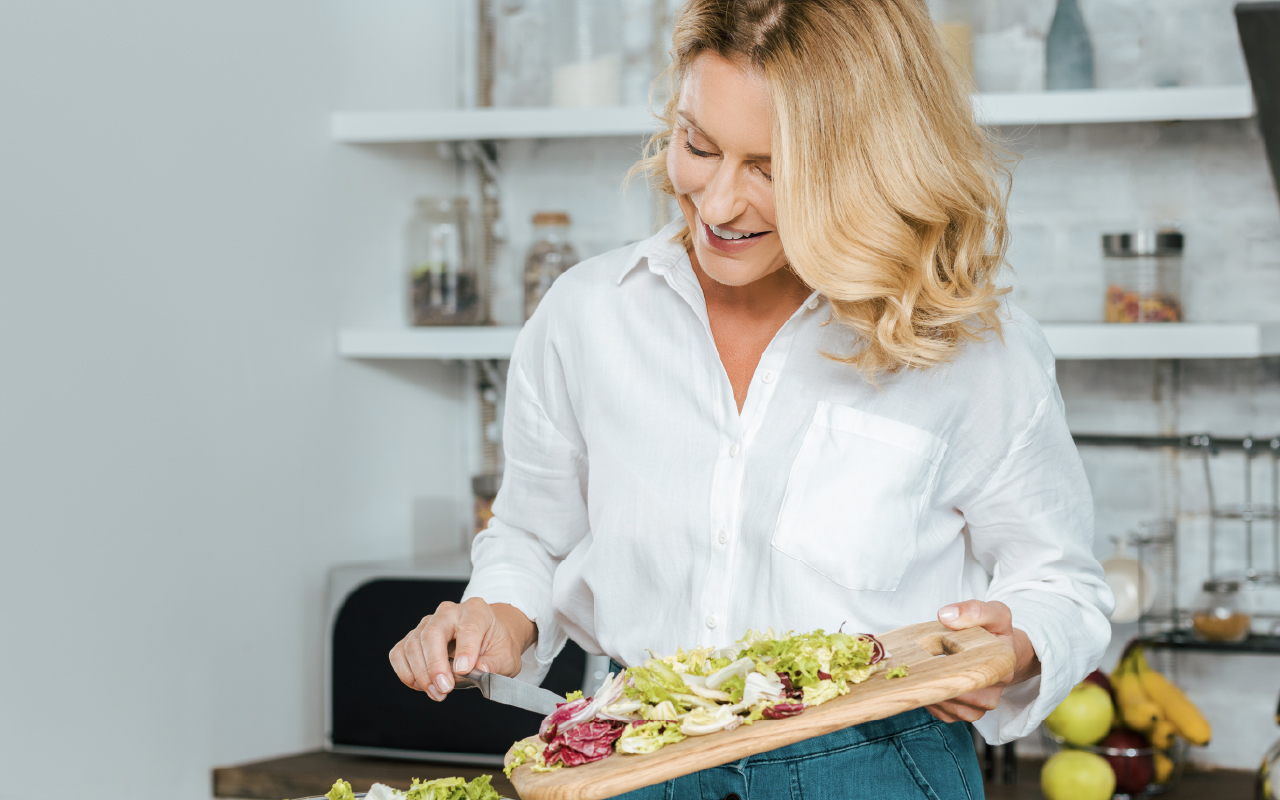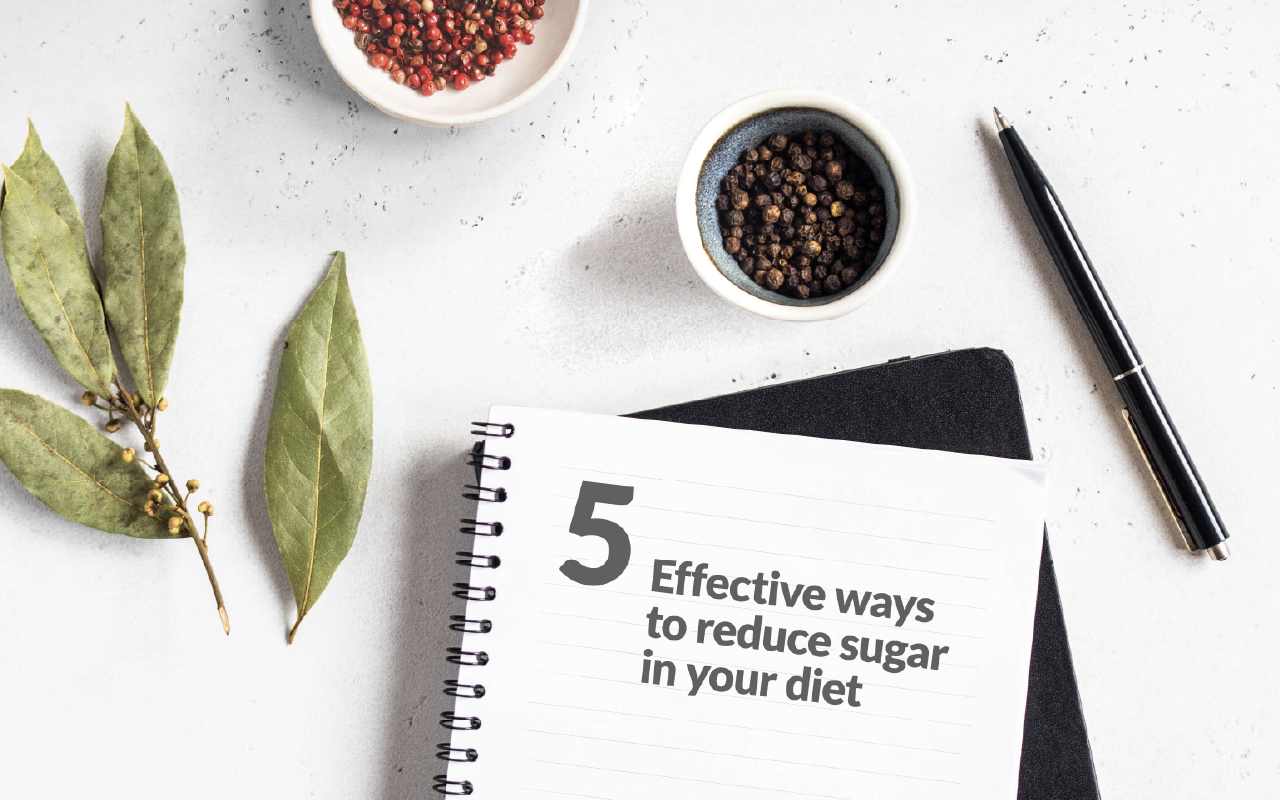How to cook without waste
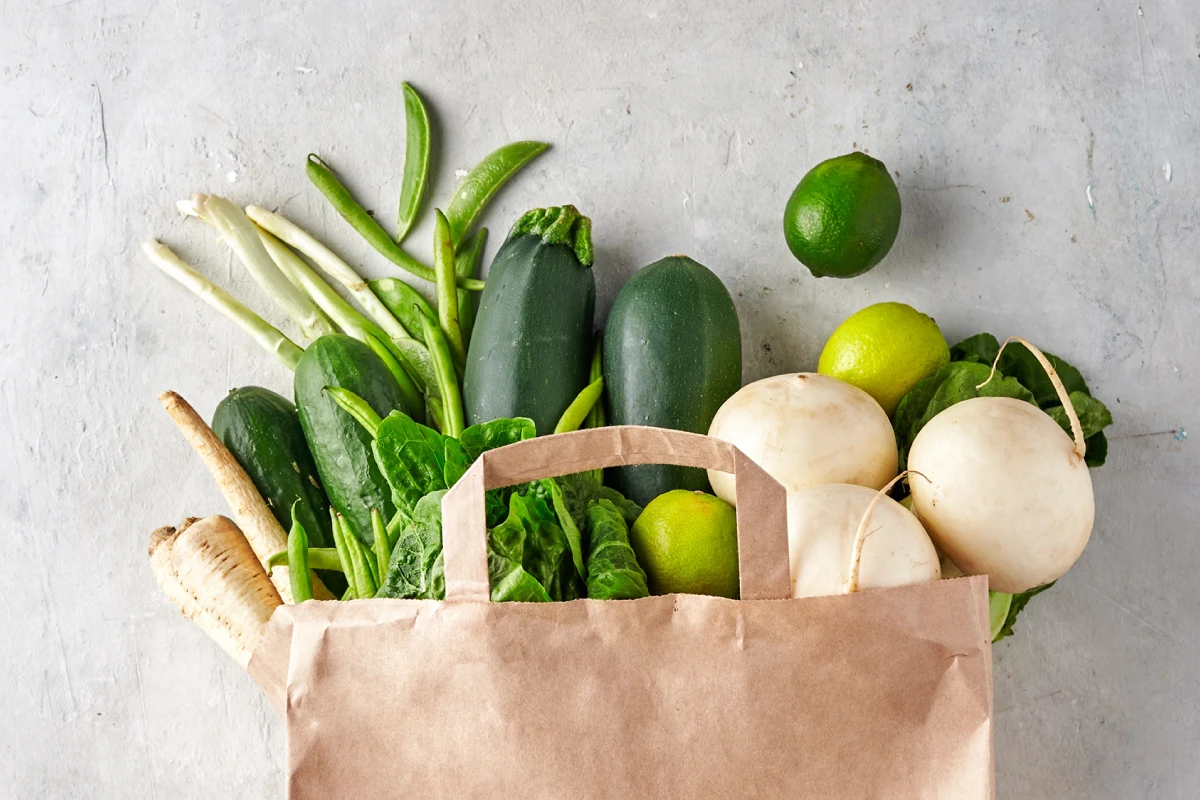

Are you familiar with the “Zero Waste” movement?
This practice avoids wasting food in a number of ways. This approach emerged many years ago, when it was a time of scarcity and it was imperative to make the most of each food item.
According to the European Council, every year millions of tons of food are wasted in the European Union and therefore many families are trying to change their approach in order to avoid this scenario.
A large part of food waste happens at home. How many times have you forgotten a food that was in the back of a cabinet or lost in the fridge or freezer? Or those leftovers that you get ignored as you craved new items which end up going to waste?
Want to know how you can support the movement? Using those leftovers will not only allow you to live in a sustainable way, but also reduce the impact on the environment, save time and money.
Enjoy everything, waste nothing!
Think twice before tossing
Sometimes we end up not using the food in its entirety, such as onions, carrots or even peppers and we store a section in the fridge, which is “forgotten” and ends up spoiling. To prevent this from happening, cut the leftovers into cubes or slices and make, for example, a dish of sautéed vegetables to accompany your main meal.
And what to do with potato, carrot or pumpkin skins? You can always prepare a snack, now very fashionable, the so-called “chips”. Wash the peels very well and “fry” them (in the air fryer or oven), you will have a highly crunchy and delicious snack!
When you have very ripe fruit, you can always give it a second life by making a jam or compote or even freezing it for future use.
The skins of fruits and vegetables are very rich in vitamins and minerals so don’t discard them! For example, the skin of an apple contains 2 to 4 times more vitamin C and antioxidants than the inside; citrus peels, when boiled, seem to favor intestinal function; and the green part of the leek contains numerous vitamins such as vitamin A, B9 and C.
Get creative with leftover protein
What to do with the leftover protein from previous meals? An easy option is to stir fry it with vegetables and spices to serve up again. You can also create a hearty entree salad by topping it off with the protein! And voila, you easily have another practical, simple and zero-waste meal.
Repurpose food scraps
Food leftovers can be used for more purposes than cooking. Eggshells can be used as fertilizer for plants or to scrub kitchen pans, and banana peels can be used on the skin since they have a calming and purifying action.


